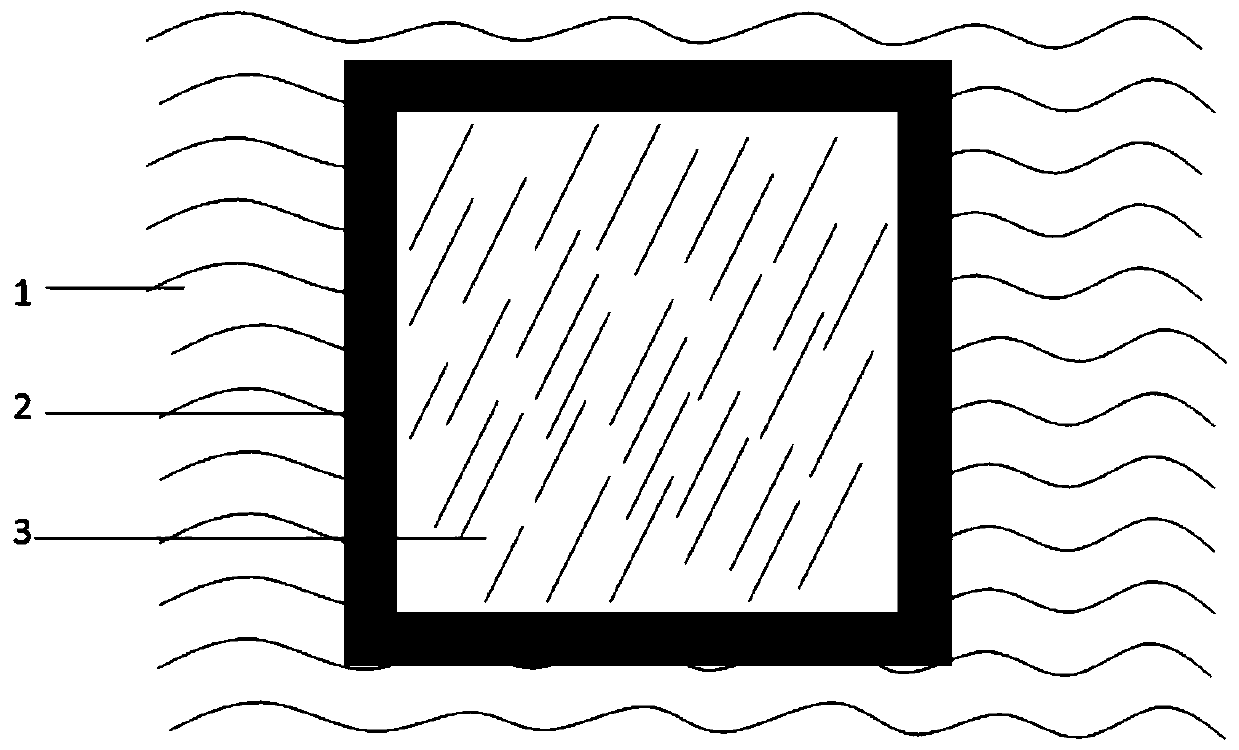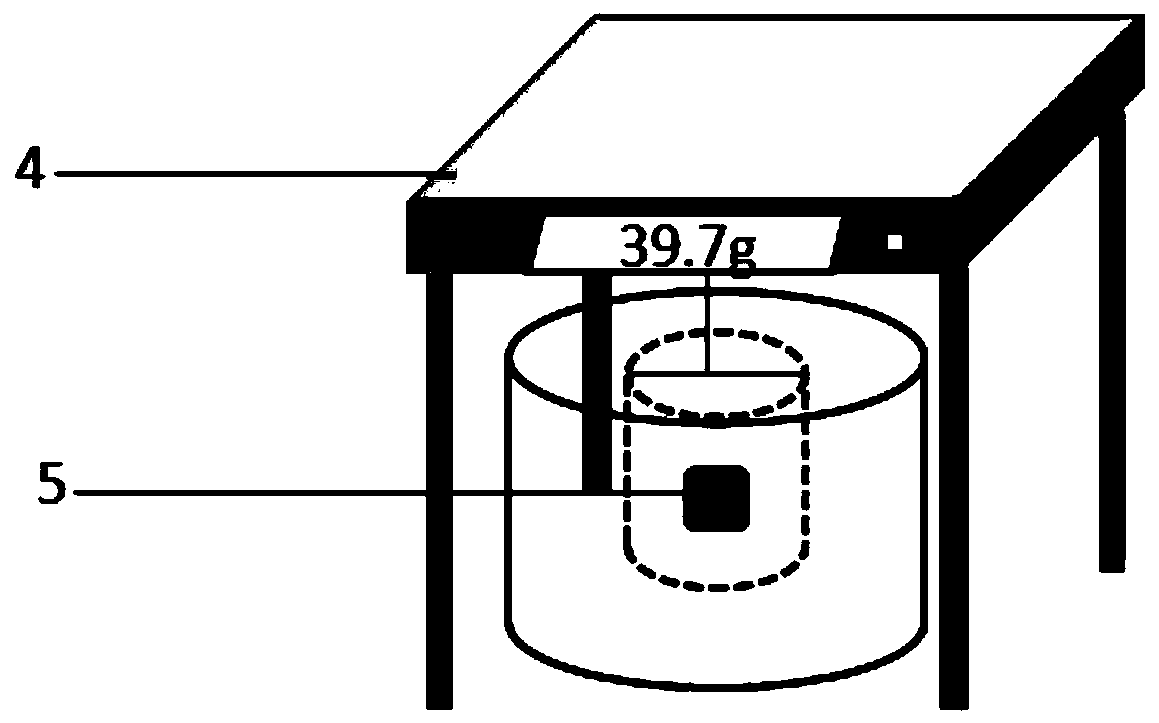A roughness testing method for the joint surface of precast concrete components
A technology of prefabricated components and detection methods, applied in the direction of measuring devices, instruments, etc., can solve the problem that the sand filling method cannot be applied to non-horizontal planes, etc., and achieve the effect of improving speed and stable and accurate data.
- Summary
- Abstract
- Description
- Claims
- Application Information
AI Technical Summary
Problems solved by technology
Method used
Image
Examples
Embodiment 1
[0035] Randomly select 10 areas on the joint surface of a concrete component, apply a layer of release oil to the selected area, and fix the stainless steel frame in this area; fill the stainless steel frame with plasticine until it is flush with the surface of the frame In this process, it can be squeezed by hand to ensure that the unevenness of the surface of the component is filled with plasticine, and the excess plasticine is removed with a spatula; remove the stainless steel frame, remove the plasticine attached to the surface of the component, and use a hydrostatic balance 4 its weight in air m 1 , accurate to 0.01g, then put the plasticine in the basket and put them in distilled water together, and weigh the mass of the plasticine in water with a hydrostatic balance 4 m 2 Accurate to 0.01g. The obtained data and results are shown in Table 1 below:
[0036] Table 1 uses plasticine to test the surface roughness of concrete (mm)
[0037]
[0038] It can be seen from ...
Embodiment 2
[0040] Randomly select 10 areas on the joint surface of a concrete component, apply a layer of release oil to the selected area, and fix the stainless steel frame in this area; fill the stainless steel frame with plasticine until it is flush with the surface of the frame In this process, it can be squeezed by hand to ensure that the unevenness of the surface of the component is filled with plasticine, and the excess plasticine is removed with a spatula; remove the stainless steel frame, remove the plasticine attached to the surface of the component, and use a hydrostatic balance 4 its weight in air m 1 , accurate to 0.01g, then put the plasticine in the basket and put them in distilled water together, and weigh the mass of the plasticine in water with a hydrostatic balance 4 m 2 Accurate to 0.01g. The obtained data and results are shown in Table 2 below:
[0041] Table 2 uses plasticine to test the surface roughness of concrete (mm)
[0042]
[0043] It can be seen from ...
PUM
 Login to View More
Login to View More Abstract
Description
Claims
Application Information
 Login to View More
Login to View More - R&D
- Intellectual Property
- Life Sciences
- Materials
- Tech Scout
- Unparalleled Data Quality
- Higher Quality Content
- 60% Fewer Hallucinations
Browse by: Latest US Patents, China's latest patents, Technical Efficacy Thesaurus, Application Domain, Technology Topic, Popular Technical Reports.
© 2025 PatSnap. All rights reserved.Legal|Privacy policy|Modern Slavery Act Transparency Statement|Sitemap|About US| Contact US: help@patsnap.com



